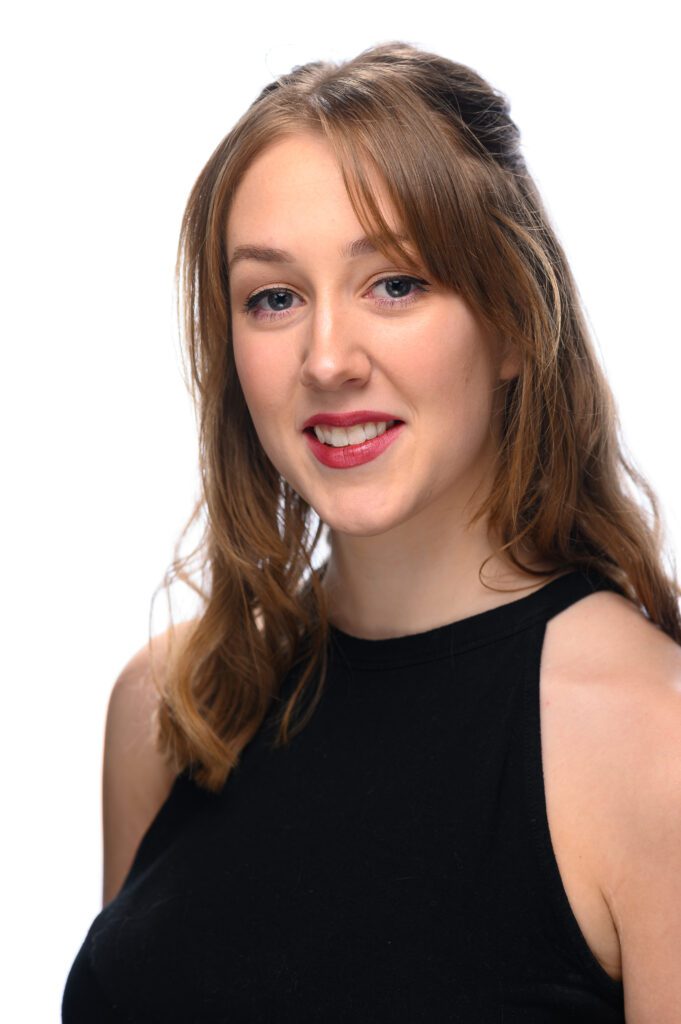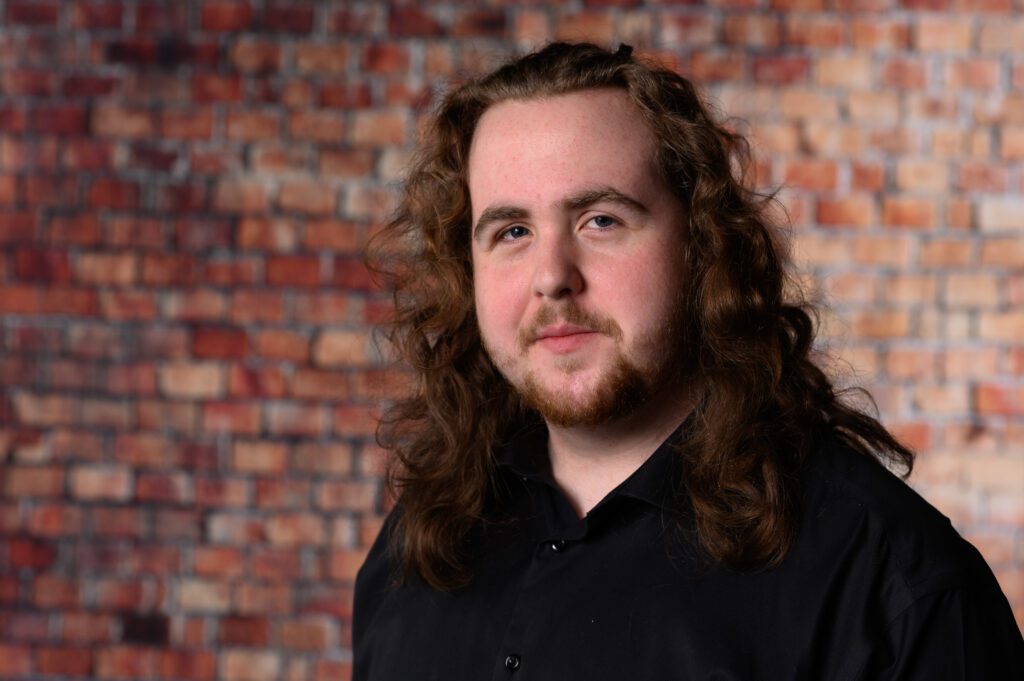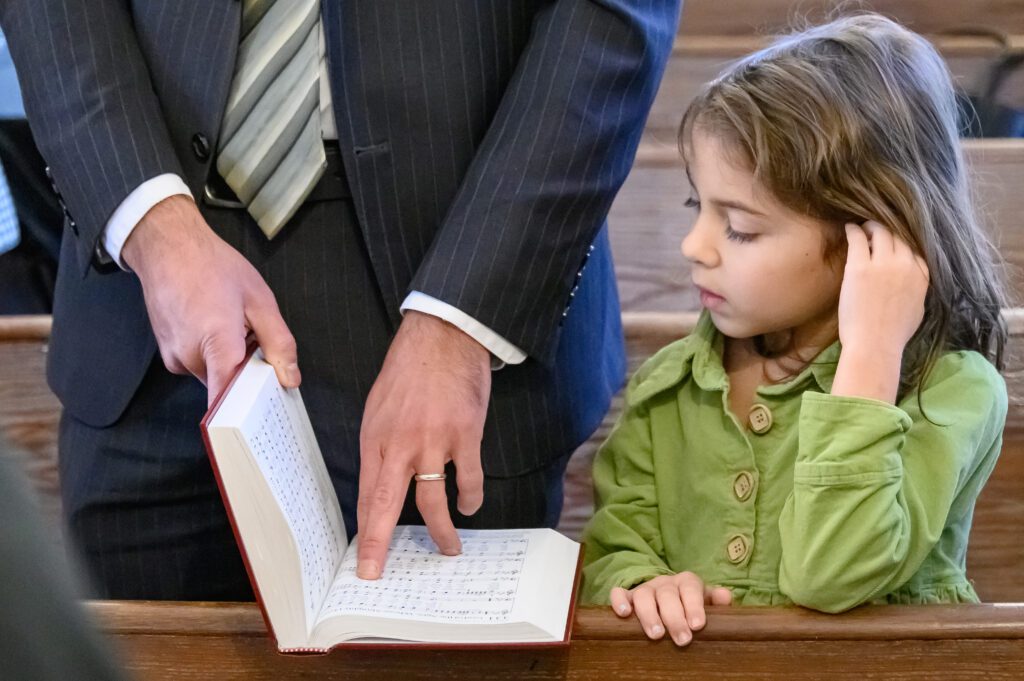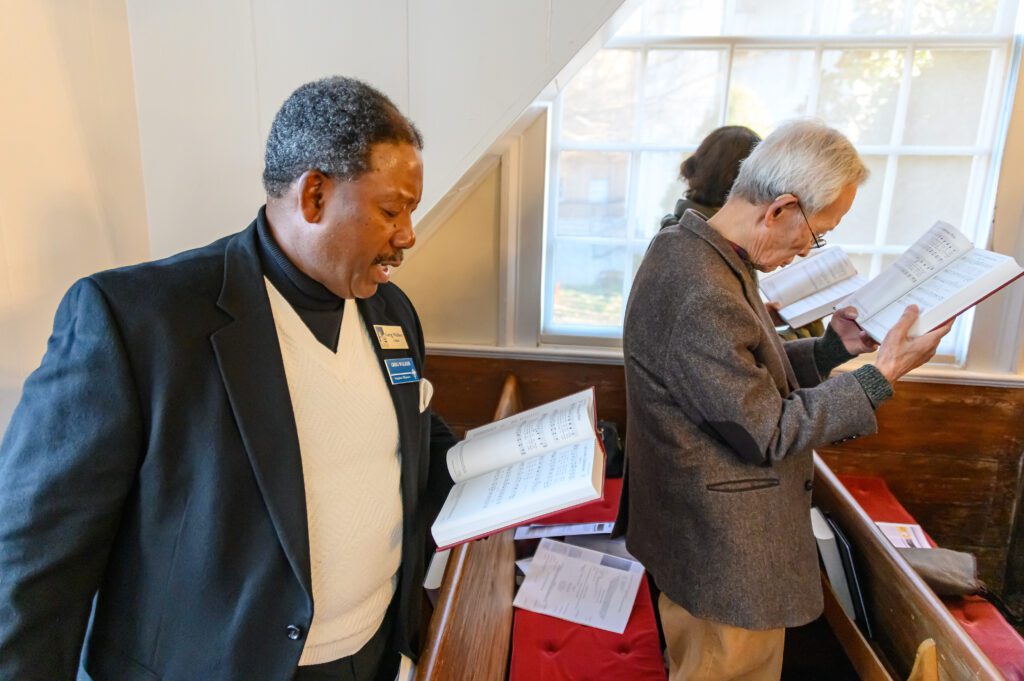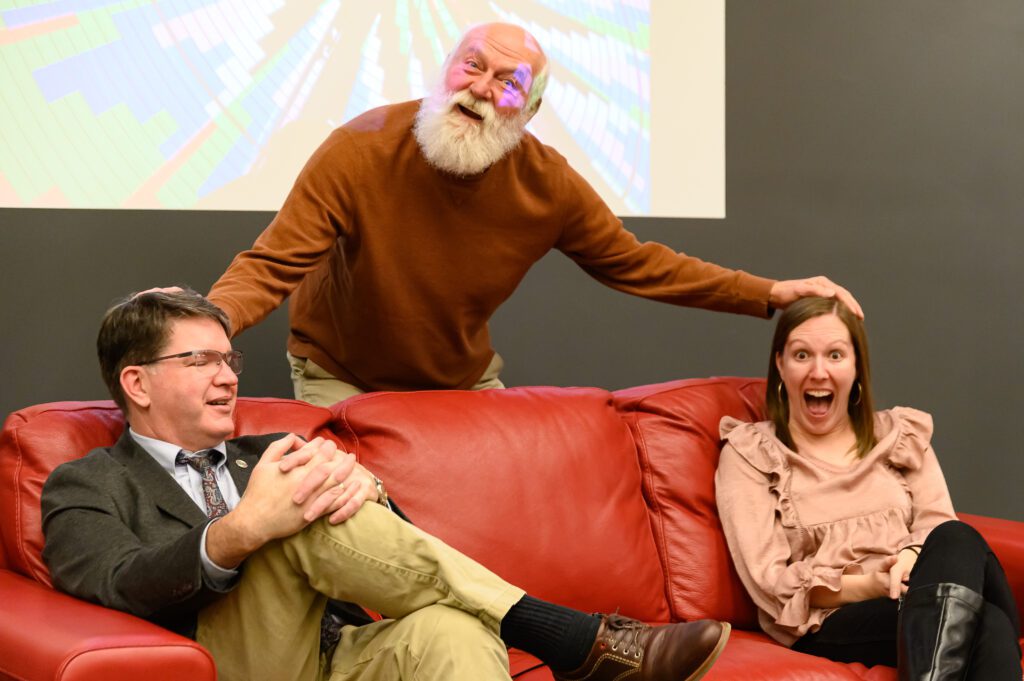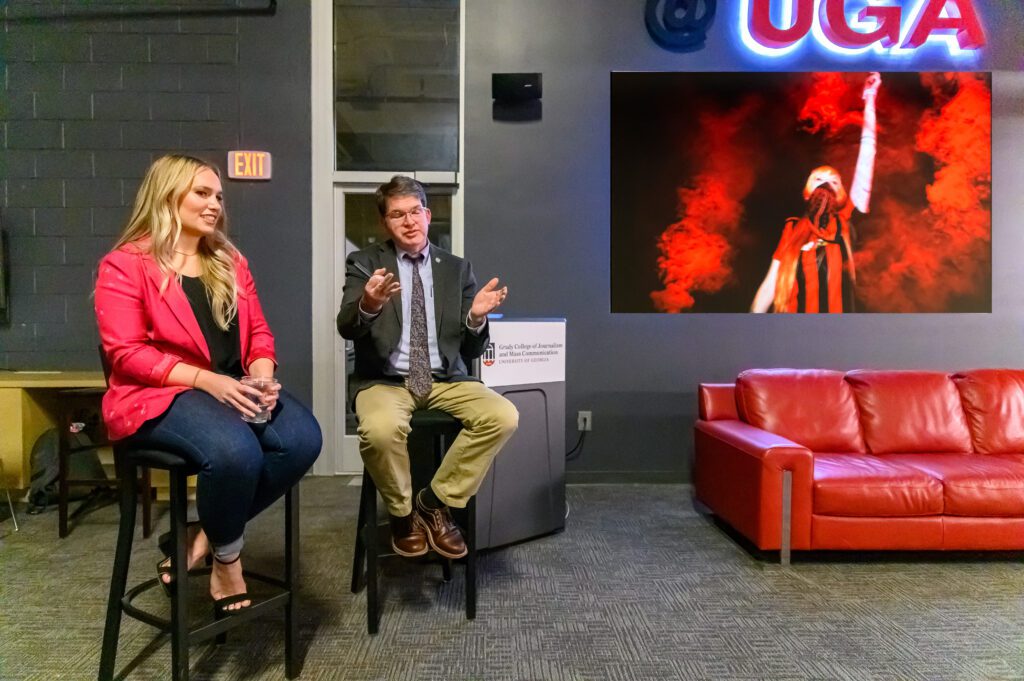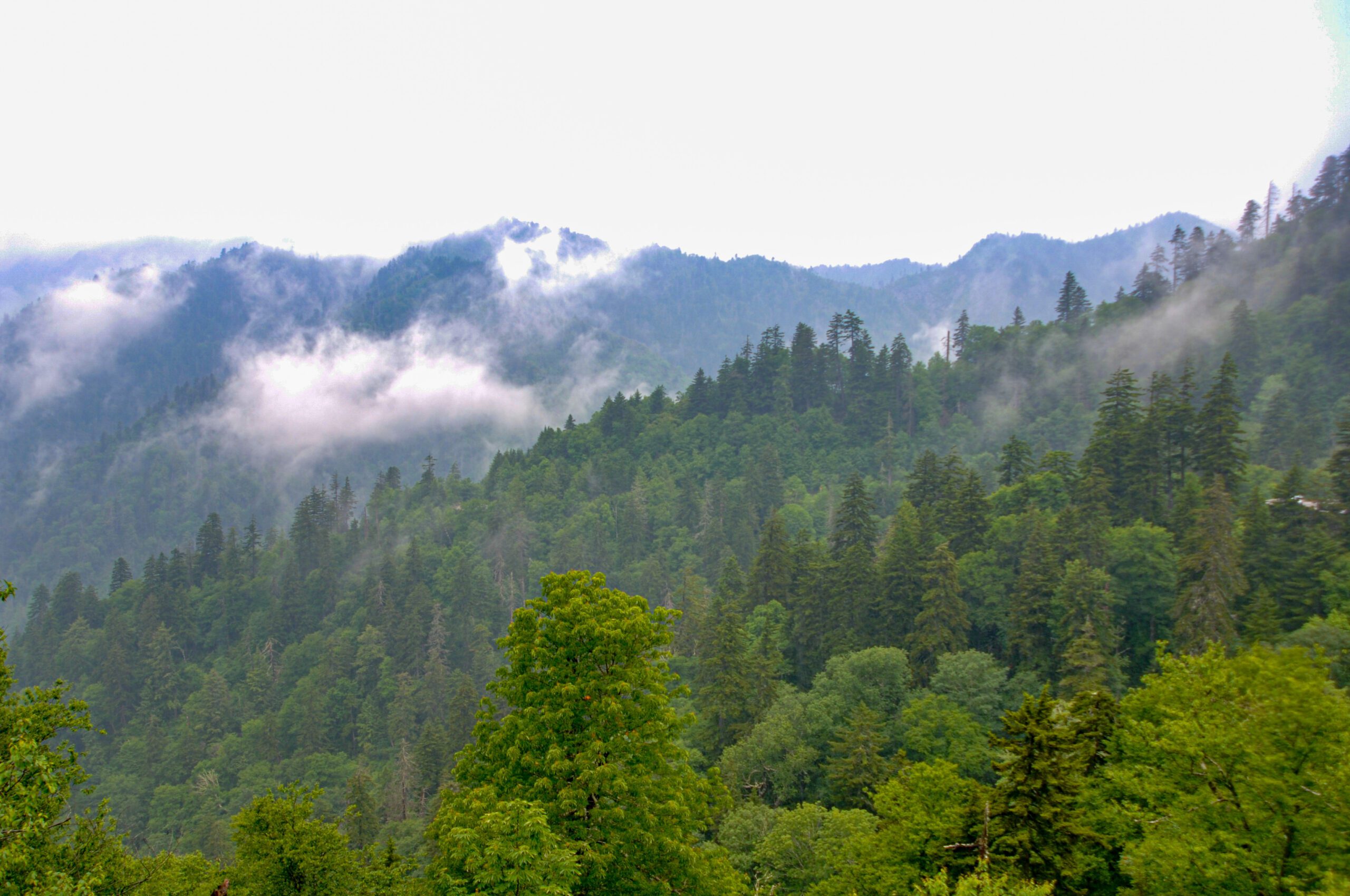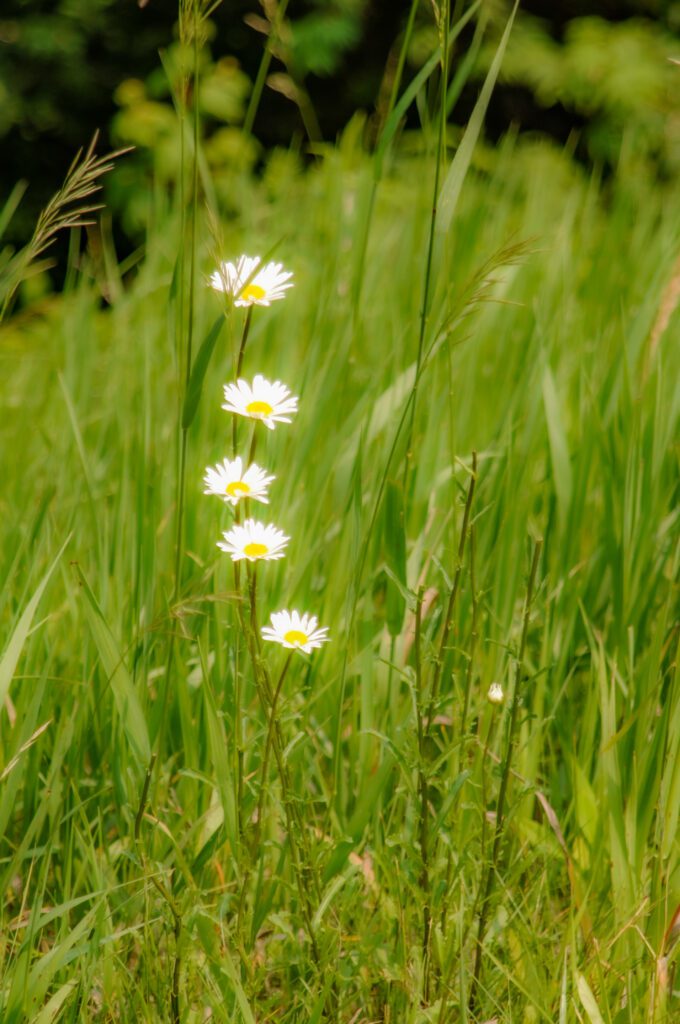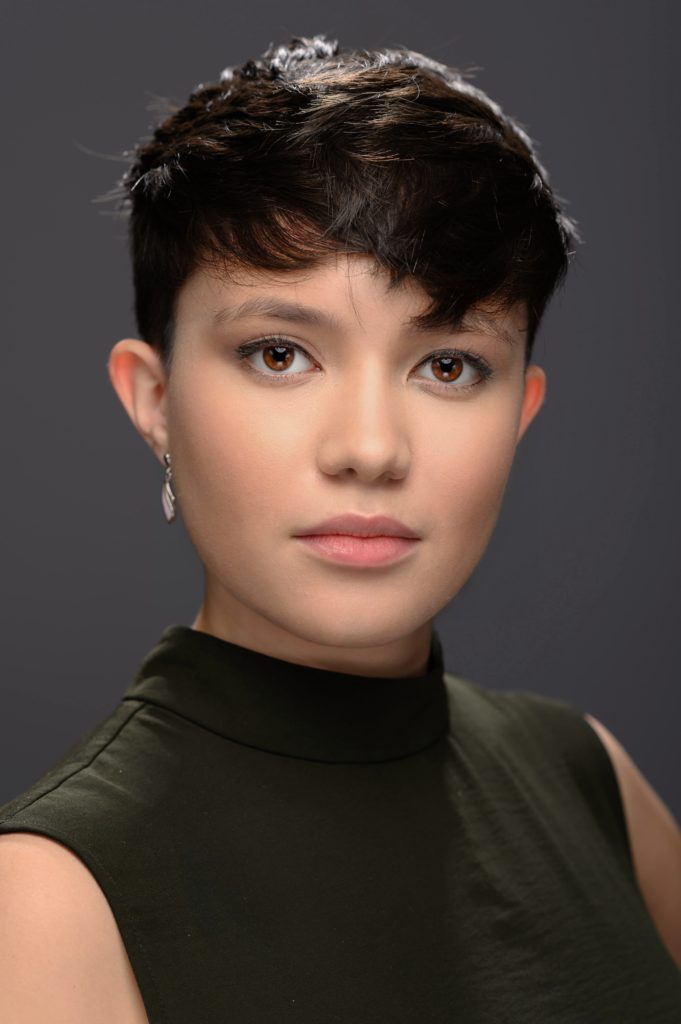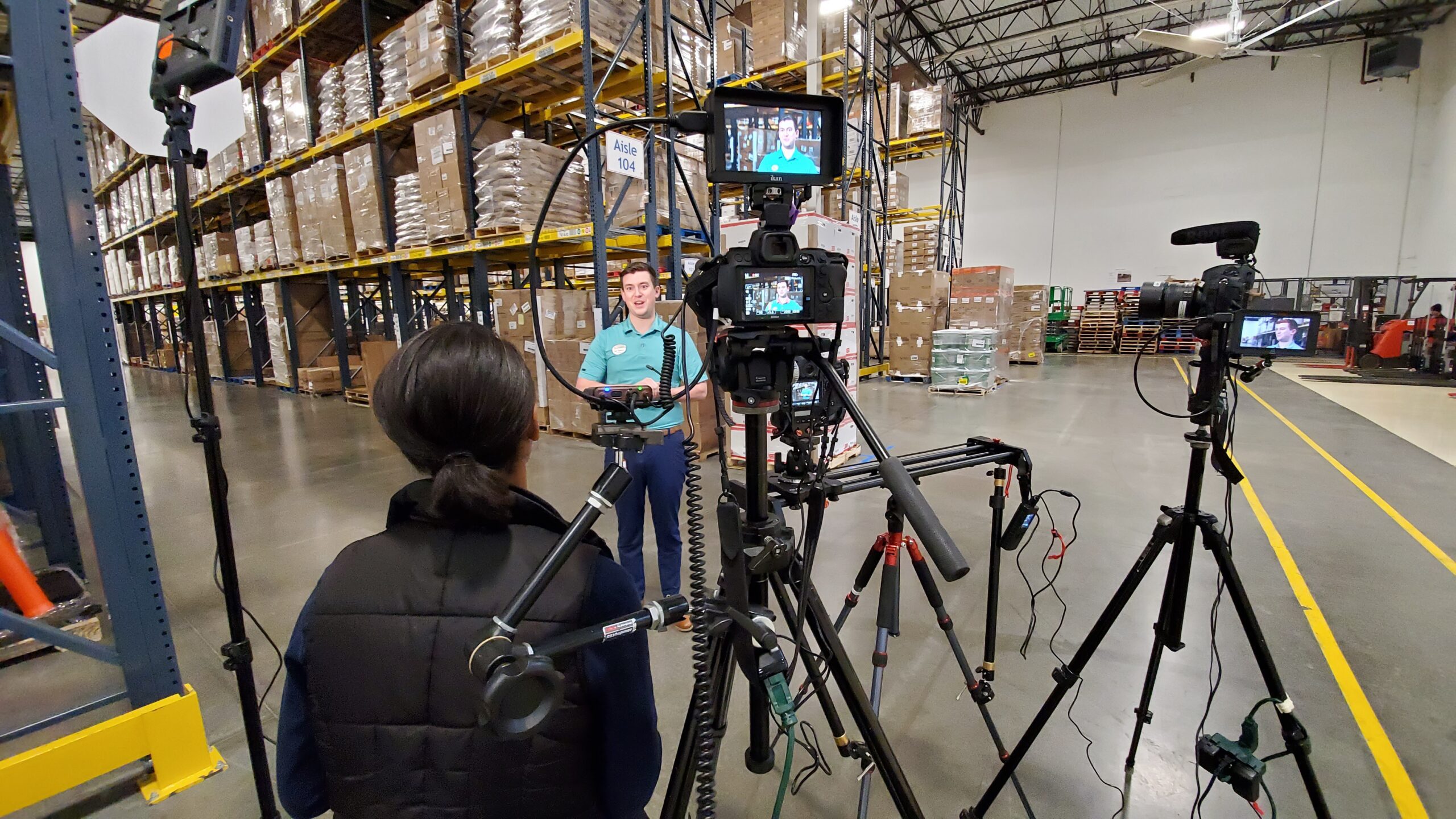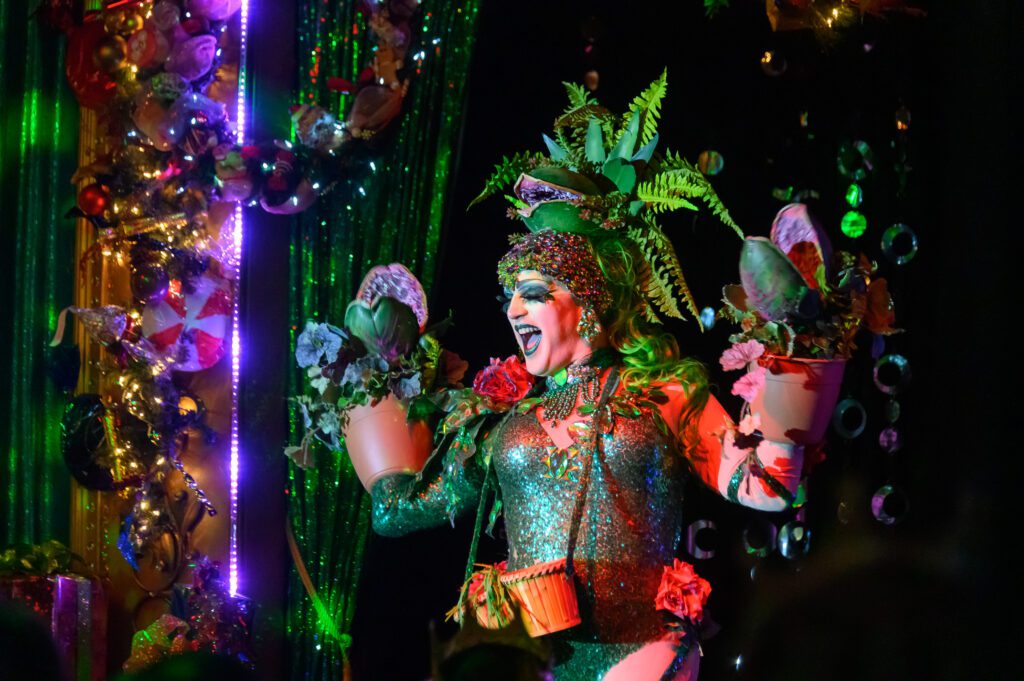Settings for photo above: [NIKON Z 6, 24.0-105.0 mm f/4.0, Mode = Manual, ISO 100, 1/6, ƒ/9, (35mm = 24)]
I shoot a lot in restaurants. The hardest part of these photo shoots is that there are four walls, and three are all glass. Just the front counter isn’t backlit during the daytime hours.

I love to hang strobes from the drop ceilings using a bracket.


I just used the Flashpoint XPLOR 600 HSS TTL Battery-Powered Monolight as a bare bulb and pointed the light straight up.

That lets me keep the outside windows from being blown out in the background and gives me great light on people’s faces most of the time.

The light from the window is lighting the employee, and the strobe in the ceiling is lighting the customer in this photo.
The other great thing about using this setup is that the strobes are battery-powered, so there are no cords. I am adjusting the power with the Godox X1T-N TTL Wireless Flash Trigger Transmitter.

I could change the lights’ power even though they were mounted on the ceiling away from the camera. I first check to see what the existing light settings would be and then set the camera to use that ISO and settings so that the flash is just cleaning up the light and where there are shadows [like the man’s face would have been] are no longer silhouettes.
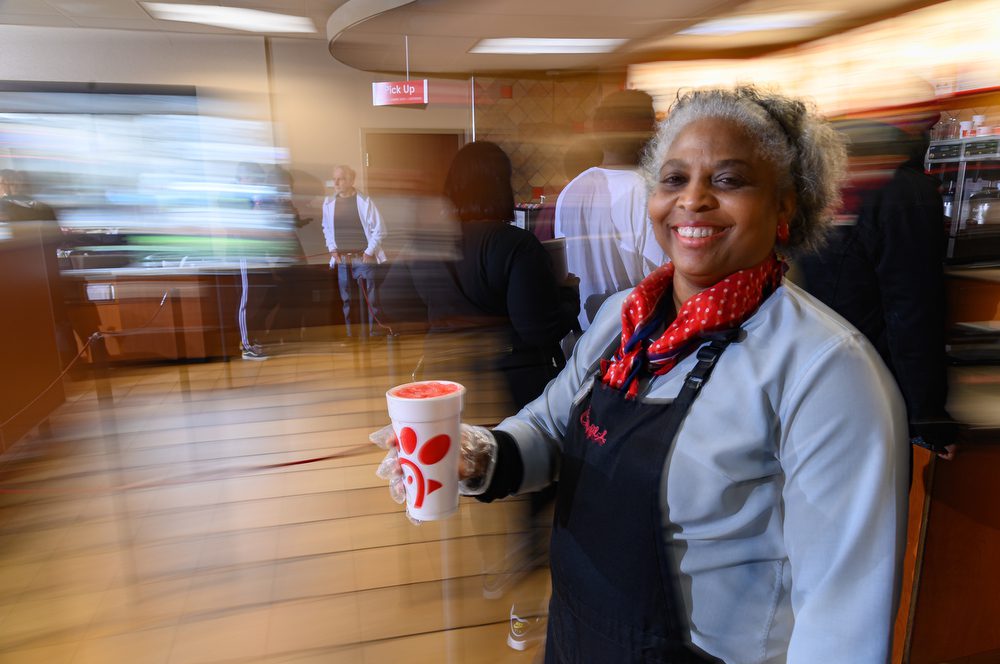
Now to get the photo like the one here and the very top photo, I just slowed the shutter speed to 1/6 and cranked the aperture up to ƒ/9 and ISO 100. As I mentioned, the flash is on the ceiling, and since it is TTL, it just popped in to get a clean light on the face, and then my panning blurred the rest of the photo.

Just getting the flash off the camera is my best tip. Try mounting the moment to the ceiling rather than on a light stand.
Try some experimenting. You don’t always shoot the lowest ISO and at the flash sync speed when shooting with the Flashpoint XPLOR 600 HSS TTL Battery-Powered Monolight.










